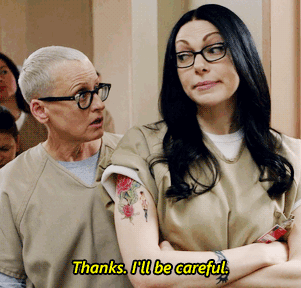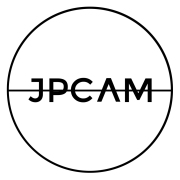▶ DIGC202 GLOBAL NETWORKS

Imagine a world where the internet doesn’t exist and we would have to wait for a specific time and go to a specific channel to watch our favourite TV shows and movies… oh wait, that did actually happened. Well now I got you to think about the past, think about the present — like literally right now. Where are you reading this? Your smartphone? Maybe your laptop, or your desktop computer? Heck, I’d say you could be even using a tablet! Okay so here’s what I’m trying to say; in today’s generation, technology is constantly upgrading and changing both in efficiency and in value. We can easily differentiate the types: legacy media channels and the internet.


Legacy media channels are typically paid subscriptions or cable TV — stuff like Netflix, FX and HBO. Subscriptions for online streaming sites/apps and cable TV usually are on a monthly payment and are sometimes a bit pricey, considering the user who will subscribe to the content is basically paying for amount that producers use to even publish the content. Also a common feature of legacy media channels is that there is always a strong quality filter, this means that what you see on cable television and TV networks are of ‘good’ quality and sometimes are censored or filtered to cater certain audiences. Let’s say you have a Netflix subscription with your family and you have a little sister that likes watching cartoons and child-friendly content, but Netflix has all kinds of movies and TV shows that aren’t really suitable for children; there is an option provided on Netflix to create an account specifically for kids or if you are really worried about your little sister discovering Orange is The New Black, there are parental controls that can be accessed through settings.
Now, the internet is more self-explanatory. It’s the complete opposite of TV networks and cable TV. It’s completely free and can be accessed anytime and anywhere! Since it can be accessed freely, the amount of data and information is unlimited and in abundance.
You may think that the internet is the better option which I mean, don’t get me wrong, I can somewhat agree on that — it’s just… if you can access basically anything and everything for free, why should you pay for anything in the end? Here’s where there can be some problems with the idea of having an abundance of information, there is a theory called “long tail,” when put into perspective of the idea of having an abundance of information — there is information that is higher and lower/uncommon in demand. So what I’m getting from this is that the internet, well there’s too much information on there, there’s so many options and things to do or find that people tend to lose interest fast.
Unlike back in the past, you are always anticipating for that one show or that one movie at exactly 8:30pm in the evening. Something that can also happen on the internet is repetitive information, and once there’s multiple of the same thing online then the original producer of the content or work loses money and face value, millions of copies would’ve been made and put out on different social medias, websites and platforms — what’s the purpose of the original?

References:
- Dr. Teodor, M. Into the Cloud the long tail and the attention economy [PDF document]. Retrieved from: https://moodle.uowplatform.edu.au/pluginfile.php/1849255/mod_resource/content/1/week%205.pdf

True with distributors controlling the access of media sometimes it do gets leaked! But usually leaked videos are not good quality and tho it’s freely accessible on social media, it has risk of loosing originality and knowing it can lost the value of story content and money and time of hard work for creators and producers.
LikeLike
Very insightful and intriguing commentary on the rivalry between media conglomerates and the masses who now have the power to create and distribute their own content
LikeLike